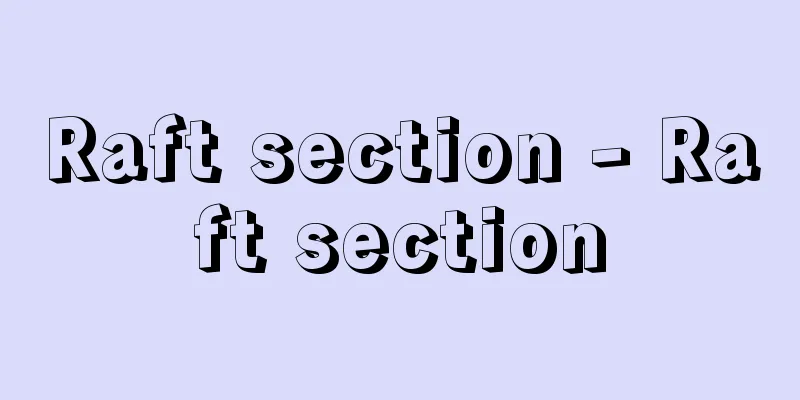Exhibition items - Kaichomono

|
〘noun〙① A play such as kabuki or bunraku puppet theater created to coincide with temple exhibitions. Examples include "Keisei Mibu Dainenbutsu," "Keisei Asama -ga-take ," and "Sakai Daiji Kaicho." ② A spectacle in the Edo period featuring tricks and elaborate mechanisms that were shown to coincide with temple exhibitions. Source: The Selected Edition of the Japanese Language Dictionary About the Selected Edition of the Japanese Language Dictionary Information |
|
〘名〙① 寺院の開帳をあてこんで作った歌舞伎や人形浄瑠璃などの戯曲。「傾城壬生大念仏(けいせいみぶだいねんぶつ)」「傾城浅間嶽(けいせいあさまがたけ)」「堺大寺開帳」などの類。② 江戸時代の見世物で、開帳をあてこんで見せた、からくり仕掛けや細工物。
出典 精選版 日本国語大辞典精選版 日本国語大辞典について 情報 |
Recommend
Salt Tax Royal Edict
...In the Middle Ages and early modern period, th...
Nohi Rhyolites - Nohi Rhyolites
Acidic volcanic rocks from the Late Cretaceous Per...
Irrawaddy dolphin (English spelling)
A mammal of the Delphinidae family in the suborder...
Effect of transfer of trial
…Article 116, paragraph 2). When an appeal is fil...
Foreigners' Letter - Gaibantusho
This book compiles letters exchanged between the ...
Ambroni
…In 105 BC, they annihilated the Roman army at th...
Editorial - Shasetsu (English spelling) editorial
These are opinions and assertions that newspapers...
Tsuyazaki [town] - Tsuyazaki
An old town in Munakata County in northern Fukuoka...
Thick plate (steel plate) - hot
…A general term for plate-shaped materials made b...
Kokuhonsha - Kokuhonsha
This right-wing group was founded in May 1924 (Ta...
Sagara clan
A samurai family from the Middle Ages to the earl...
Mount Kata-ga-take
Please see the "Kasagatake" page. Sourc...
Zaglossus bruijni (English spelling) Zaglossusbruijni
…In addition to these characteristics, echidnas a...
Yubara [town] - Yubara
An old town in Maniwa District, northern Okayama P...
Wierzyński, K.
...The main movements were Expressionism, Futuris...



![Yashima [town] - Yashima](/upload/images/67cd0ada72c70.webp)





